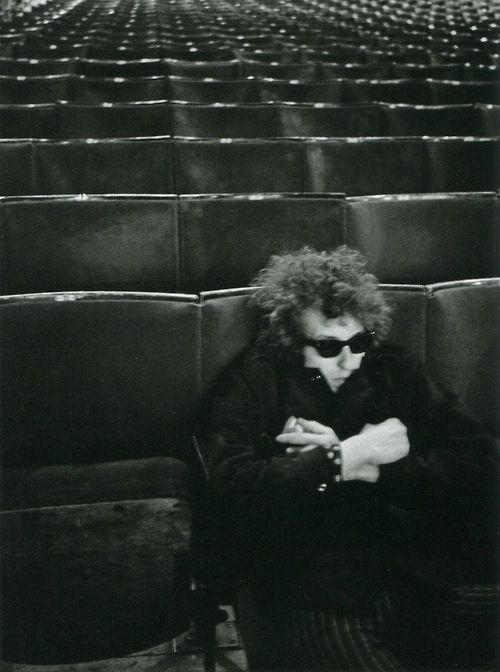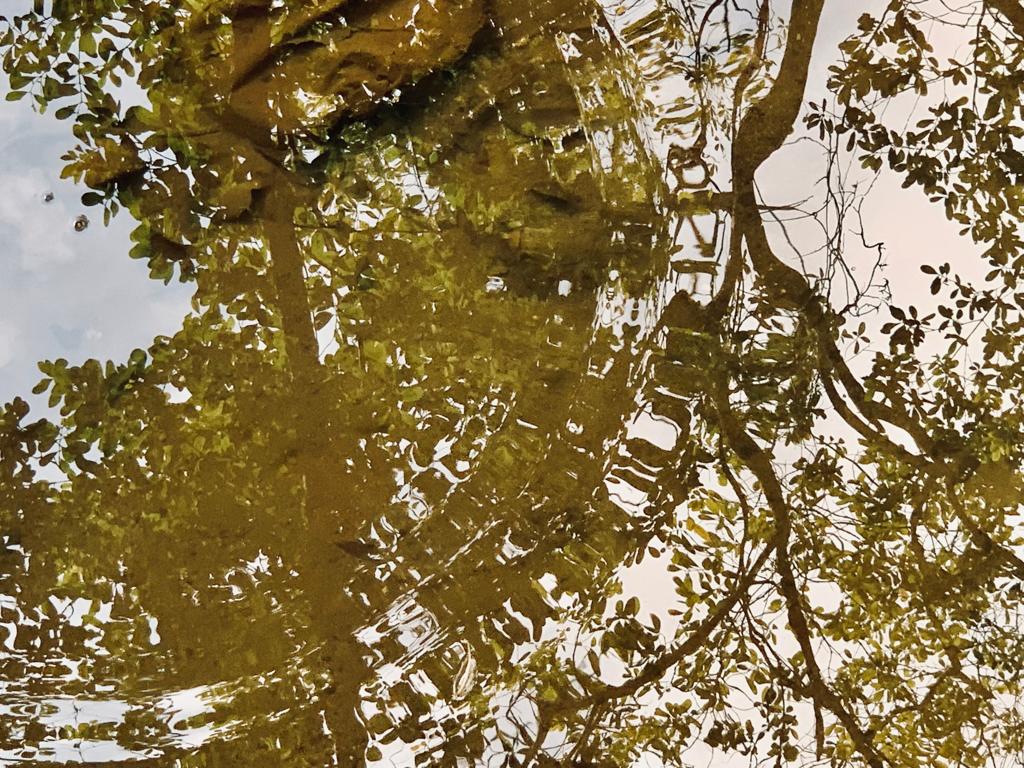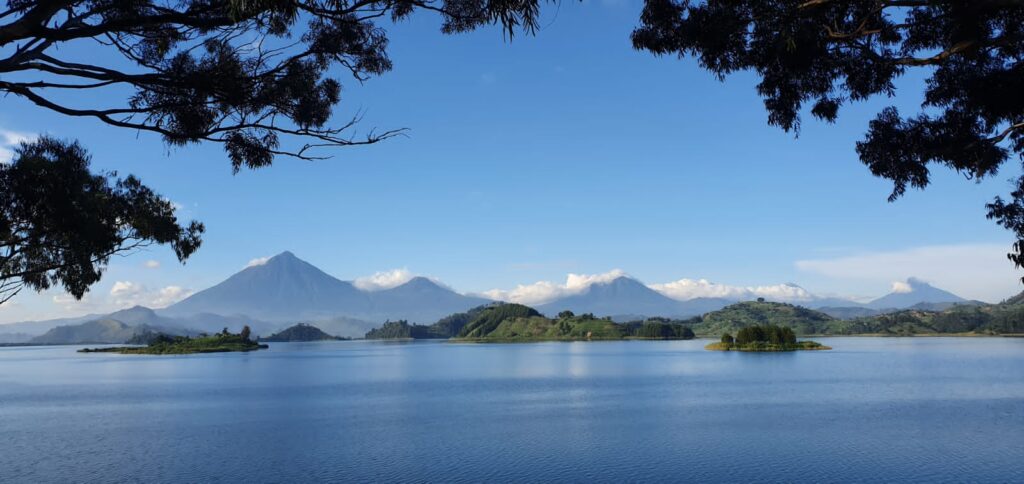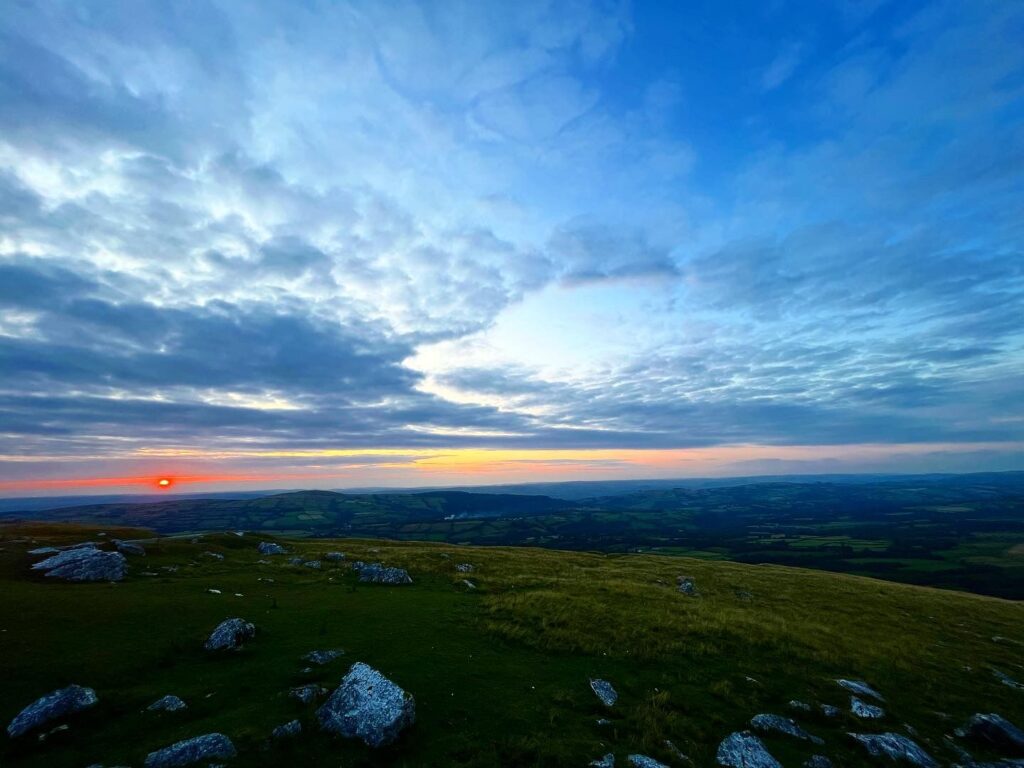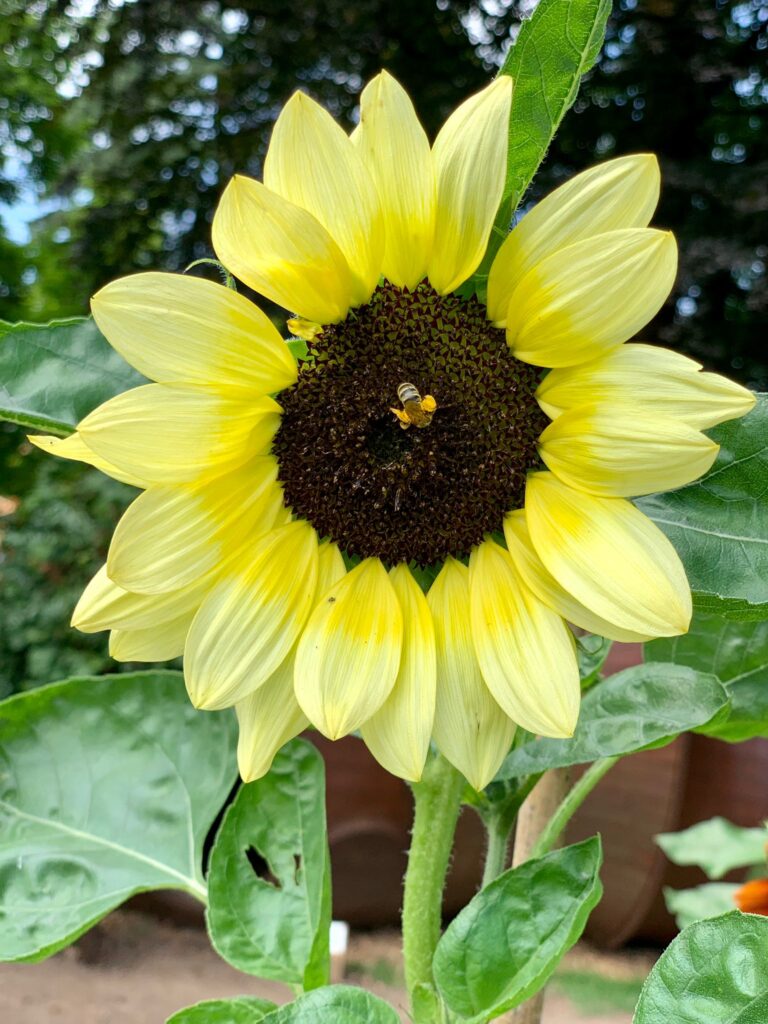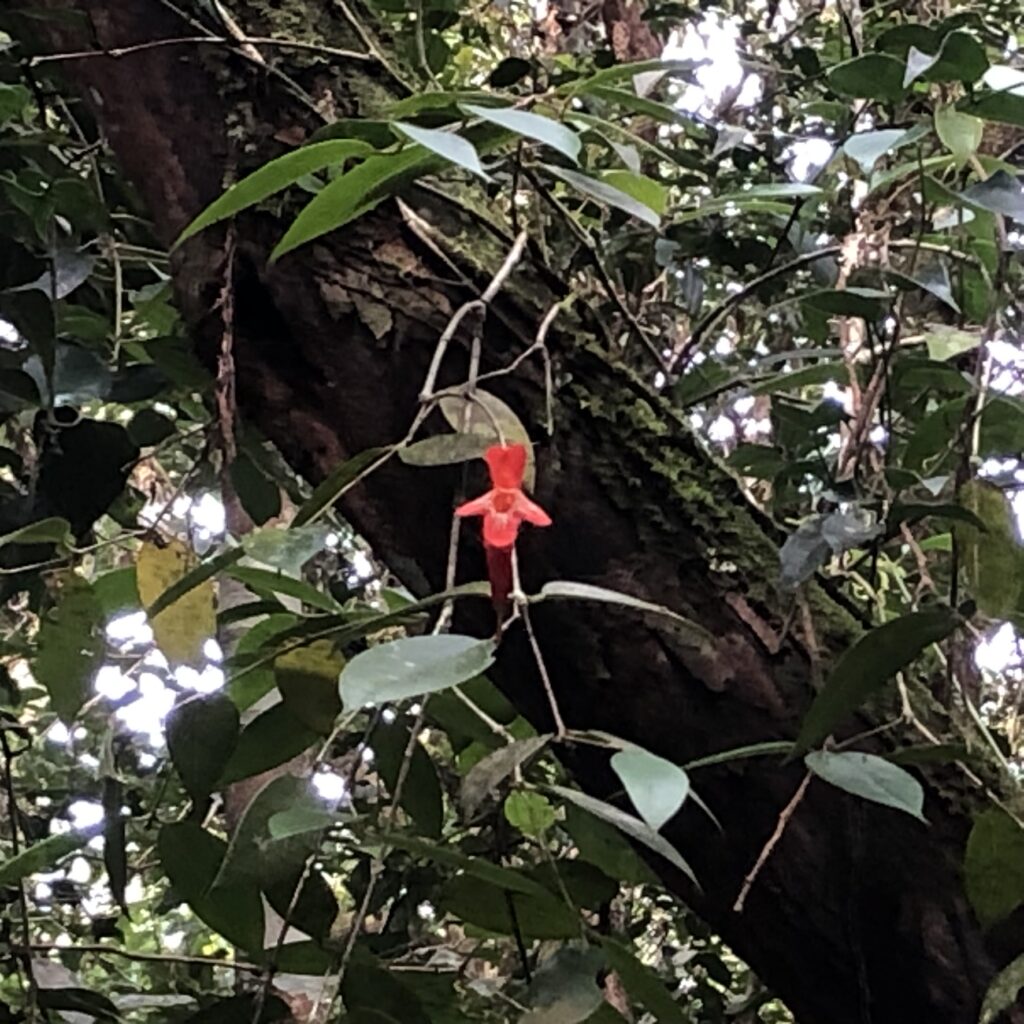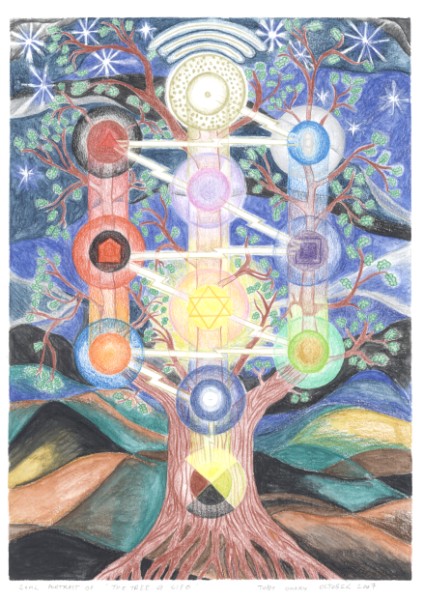
“Meditation on the Tree of Life aims to balance and harmonize various aspects of the self by connecting with different universal energies represented by the tree’s structure”
Dear Integral Meditators,
I’m just preparing for my upcoming workshop on the Meditations for connecting to the Tree of Life, and growing your own personal Life Tree, & am placing below an article introducing the idea of meditating with the Tree. The full article is quite long, so I have placed a brief summary below, with the full detailed article beneath.
It’s one of my favorite meditation practices, I hope that by posting it here I’ll inspire a few to find out more about it! When reading, you can use the above picture for reference.
In the spirit of the Life Tree,
Toby
Article & meditation summary:
The Tree of Life is a significant concept in Western meditation traditions. The Tree of Life is represented as a diagram with three pillars and three triangles, each symbolizing various aspects of the universe and individual development. Here’s a brief summary of the key points and stages of the meditation:
- Visualization of the Tree: Start by visualizing a beautiful tree in nature. Imagine a pillar of light extending from its roots to the sky, with spheres of earth, lunar, solar, and stellar energies along the central column. Two side pillars also contain orbs of energy.
- Merging with the Tree: Visualize yourself sitting at the base of the tree and gradually merging into it, aligning with the central column of light. Feel the energies of the earth, moon, sun, and stars flowing into your being, filling you with light and energy.
- Ascending and Descending the Central Pillar:
- Lunar/Personality Sphere: Move your consciousness up to the lunar sphere, where silvery moon energies strengthen and balance your body, mind (orange light) and emotions (green light).
- Solar/Soul Level Sphere: Ascend further to the solar sphere, where golden sun energies balance with your willpower and sense of justice (red/crimson light) and your sense of mercy and compassion (blue/indigo light).
- Stellar/Spiritual Sphere: Rise to a sphere beneath the stellar sphere, where white stellar energies balance with your feminine energy and presence (dark light) and masculine energy and creativity (silvery-grey light). Achieve balance and harmony between these aspects.
- Merging with the Tree/Body Mandala Practice: Descend the central pillar until you’re back at the base, and then expand your consciousness to become the Tree of Life. Your spine and core represent the central column, while your left and right halves embody the energies of the left and right columns. This step integrates the tree’s energies into your being.
- Conclusion: Gradually return your awareness to your physical surroundings, relax your visualization, and conclude the meditation.
This meditation on the Tree of Life aims to balance and harmonize various aspects of the self by connecting with different universal energies represented by the tree’s structure.
Meditating on the Tree of Life (full article)
The Tree of Life is a major strand of the western tradition of meditation. It is essentially a diagram consisting of:
- Three pillars: A central pillar of equilibrium/balance, a right-hand pillar (as you look at it) that is ‘masculine’ or yang in nature, and a left-hand pillar that is ‘feminine’ or yin in nature
- Three triangles stacked vertically: A bottom one representing the body, mind and emotions, or ‘personality’. A middle one representing justice, compassion & beauty, or the ‘soul’. The third, top triangle represents the energy of primal yin, yang and formless (causal) consciousness, or ‘spirit’
Arranged on the pillars and triangles are 10/11 ‘Sephiroth’ or spheres, each representing a particular universal energy. You can see this depicted in the picture that accompanies this article, which is one that I drew many years ago.
The great thing about the Tree of Life is that it depicts all major aspects of the Universe, and of ourselves as individuals. If we know the Tree, we know where to put all of our meditation practices and other activities, and how to develop ourselves holistically in a balanced manner as a result. Below is a brief meditation on the Tree, traveling up the central column, that is a good basis from which other Tree-practices can be developed.
Basic meditation on the Tree of Life
Stage 1: Visualizing the Tree
Imagine you are facing a beautiful tree, somewhere in nature, if you like pick one that you know and love. Visualizing it in front of you, feel its energy. See a pillar of light extending from the roots up the trunk and into the sky. At the bottom of the pillar, just beneath the Earth, is a sphere of earth-energy. A two/three metres up the column is a lunar sphere made of silvery light. Midway up the trunk us a sphere of golden sun energy. Toward the top of the canopy is a sphere of white, star-energy. Either side of the central pillar you can see two other pillars of light, each with three beautiful orbs of energy along its length.
Stage 2: Merging with the Tree
Now visualize yourself going over and sitting at the base of the tree, with your back resting on the tree trunk. After a while feel yourself moving backwards into the tree, so that you are sitting in the centre of the central column of light, with the energies of the earth rising beneath, grounding you, and the energies of the moon, sun and stars flowing into you from above. Feel your own body glowing with light and energy as this happens.
Stage 3: Ascending & descending the central pillar
The Lunar/Personality sphere
Feel your body ascending the central pillar to the lunar sphere, feel your energy-body being strengthened by the silvery energies of the moon. Feel two streams of light flowing into the sphere.
- To your right, feel a flow of orange light flowing into the sphere, strengthening, and balancing your mind
- To your left feel a flow of green light flowing into the sphere, strengthening, and balancing your emotions
Feel your mind, body and emotions coming into balance and harmony as these energies flow together within you.
The Solar/Soul level sphere
Feel your body rising again up the central pillar to the solar sphere. feel your energy-body being balanced by the beautiful golden energies of the Sun. Feel two streams of light flowing into the sphere.
- To your right, feel a flow of red/crimson light flowing into the sphere, strengthening, and balancing your willpower and sense of justice
- To your left feel a flow of blue/indigo light flowing into the sphere, strengthening, and balancing your sense of mercy and compassion
Feel your willpower, compassion, and sense of beauty/harmony coming into balance as these energies flow together within you
The Stellar/Spiritual sphere
Feel your body rising again up the central pillar to a sphere of light a little way beneath the stellar sphere. feel your energy-body being balanced by the beautiful white energies of the stellar sphere descending into you directly from above. Then feel two streams of light flowing into the sphere.
- To your right, feel a flow of dark light flowing into the sphere, strengthening, and balancing your feminine energy and presence
- To your left feel a flow of silvery-grey light flowing into the sphere, strengthening, and balancing your masculine energy and creativity
Feel your feminine, masculine, and spiritual/stellar energy coming into balance and harmony as these energies flow together within you. At this stage you may like to enter a period of silent awareness for a while.
Stage 4: Merging with the Tree/ body mandala practice
Without being in a hurry, feel yourself descending the middle pillar of the Tree, until you are sitting once more within the base at ground level. Now imagine that your body grows and expands, so that you become the Tree of Life, with your spine and vertical core as the central column, and the left and right halves of your body containing the energies of the left and right columns respectively.
When you are ready, become aware of your immediate physical surroundings, relax your visualization, and bring the meditation to a close.
© Toby Ouvry 2023, you are welcome to use or share this article, but please cite Toby as the source and include reference to his website www.tobyouvry.com
Integral Meditation Asia
Online Courses * 1:1 Coaching * Books * Live Workshops * Corporate Mindfulness Training *Life-Coaching * Meditation Technology
